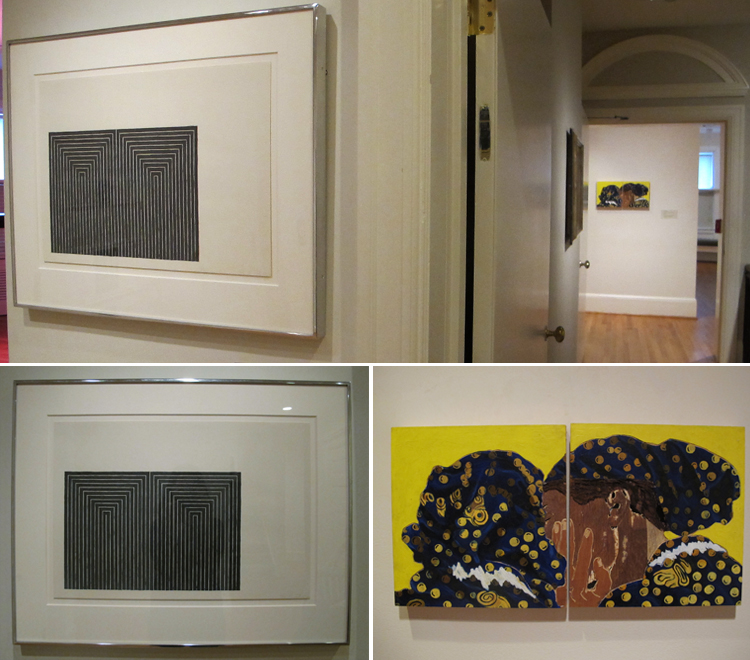
Alfred Sisley, Snow at Louveciennes, 1874, Oil on canvas; 22 x 18 in.; 55.88 x 45.72 cm.. Acquired 1923.
Our 1998 exhibition, Impressionists in Winter, examined paintings created in the second half of the 1800s, a time of unusually frigid and snowy weather that attracted plein-air artists such as Monet, Pissarro, and Sisley. Subtitled Effets de Neige, or “snow effect”, the show featured many works created during two of the most severe French winters of that century, 1879-80 and 1890-91. The research for the exhibition resulted in a weather chronology for the winters between December 1864 through January 1893. Accounts culled from diaries, newspapers and meteorological publications illustrate a society often frustrated, nearly paralyzed, by the very same weather events captured in these paintings: light of inspirational beauty, heavy skies of rich color, and landscapes dotted by the intrepid few. An excerpt from ‘Chronique de le Semaine’, Le Presse Illustré, on December 27, 1874 reports:
Well, winter has burst upon us this week, in all its rigor. Deep snow has covered Paris for three days; and Paris, under snow, has lost three quarters of its charm and activity. Life congeals in its streets, like blood in a frozen corpse; snowbound cars don’t go anywhere, buses are experiencing unheard of problems getting out of the slush formed by dirt blended with snow.
Our painters weren’t the only ones that found some enjoyment of the winter weather, though. From the same paper, a few days prior, a different writer had another perspective:
This [weather] creates such joy for the Parisians who came from the mountains. The snow reminds them of winters in their homelands. Their eyes half-closed, as in dreams that one pursues while still wide awake, they catch a glimpse rather than look at the forest of black chimneys capped with white. It is the forest of fir trees transported to Paris by the wave of the Imagination fairy’s wand.
-‘Chronique de sept jours,’ Le Presse Illustré, 19 decembre 1874


